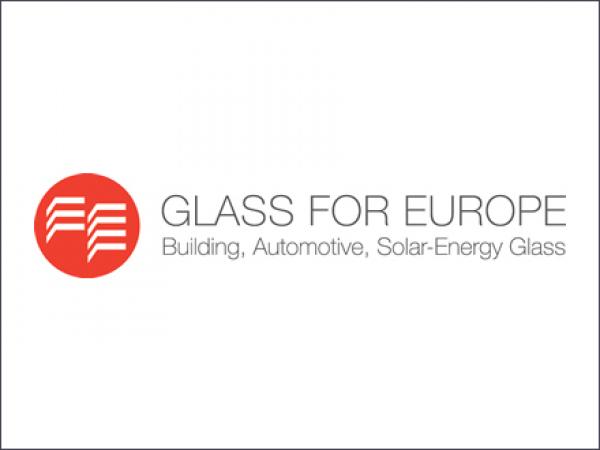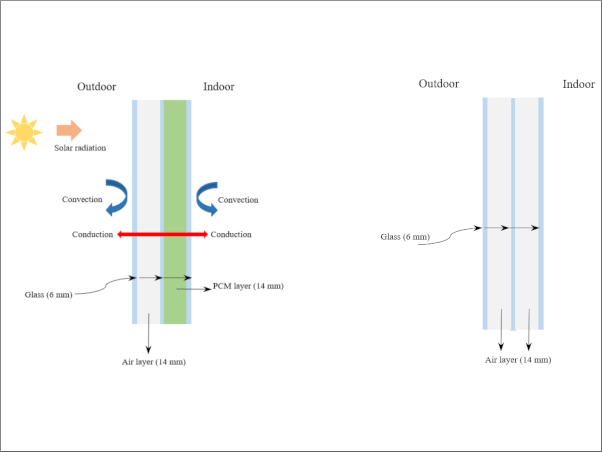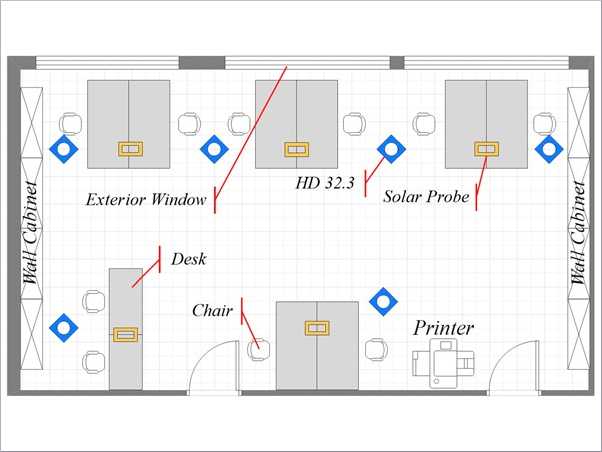In April, the transposition of the Energy Performance of Building Directive has reached a turning point with the official adoption of the Commission delegated act laying down the methodology to establish cost-optimal minimum level of energy performance for buildings and building components such as windows. Given the importance of the EPBD and the cost-optimality framework in particular in boosting the market uptake of state-of-the-art glazing products, it is the subject of our special focus. It aims at answering relevant questions for national glass associations.
What is the EPBD?
The Energy Performance of Building Directive (EPBD) is a unique opportunities for the glass industry to boost the market uptake of state-of-the-art energy saving technologies and create new business possibilities for the whole glazing value chain.
This directive requires that minimum levels of energy performance for buildings and for windows are defined in each Member states in order to ensure that energy efficient solutions are used in new constructions and each time a window is changed. If these minimum energy performance levels of windows are properly defined, energy efficient glazing solutions will become compulsory at time of window refurbishment and in new constructions.
Member states are required to use a common calculation methodology laid down in the delegated act from the Commission to establish which minimum levels of energy performance are cost-optimal, i.e. energy performance levels which lead to the lowest cost during the estimated economic lifecycle.
.jpg)
'Dedicated materials on the EPBD and glass and glazing are available on the Glass for Europe website'
As a national association of glass manufacturers is this really important for my members?
Boosting the market uptake of high-tech glazing products is fundamental for flat glass manufacturers, which are members of the various national glass associations across the EU, but also for all glaziers, window manufacturers and installers. Given the huge business opportunities and commercial interest at stakes for all actors of the glass and glazing industry, a timely, robust and ambitious transposition of the EPBD is essential.
What is more, key policy initiatives such as the proposal for an Energy Efficiency Directive that could potentially extend markets for energy saving glazing solutions through building renovations are currently blocked by disagreements between the EU institutions. As a result, securing a robust and ambitious transposition of the EPBD at national level is a top priority for the glass industry. In particular, it is essential that in each country, minimum cost optimal levels of energy performance for windows are well defined to ensure that energy saving glazing solutions becomes compulsory for new construction and whenever a window is changed or a building is renovated.
This issue has a European dimension and is already actively followed by Glass for Europe, what do I need to do in my country?
The Energy Performance of Building Directive is a European legislative act that was adopted in 2010 by the Council of the European Union and the European Parliament. However, it is the responsibility of each EU Member states to implement the provisions of this directive in its territory. To do so, the requirements of the EPBD need to be transposed into national laws by July 2013. The transposition step is crucial to ensure a good implementation of the directive's provisions in each Member states, as they have a significant amount of flexibility when it comes to implementation.
As the sole representation of the glass industry in their country, it is national glass associations' mission to ensure that EPBD transposition in national law is as glass-friendly as possible. Because devil lies in details, each national glass association must engage with its national authorities to ensure that the transposition of the EPBD in national law delivers a boost to drive the market towards high-tech glazing technologies. To this end, the following actions needs to be done urgently:
- To identify which Ministry and who are the officials in charge of EPBD transposition.
- To check what is the current state of progress in the transposition process and in particular on calculating cost-optimal levels.
- To convey the glass industry's general preference in terms of methodological choice to calculate cost-optimality.
- To express willingness to contribute to the calculation of cost-optimality, particularly by providing advises on building types and glazing performance parameters.
- To meet with the official and start educating him/her about glazing contributions.
- To monitor progress regularly and follow-up.
- To inform Glass for Europe and my member companies of the evolution of the implementation process in my country
Only a robust and ambitious transposition of the EPBD in Member states will unleash a real business potential for the glass industry. On the contrary, bad transposition and poor implementation of the EPBD at national level will dilute the huge business prospects and will annihilate all the efforts done by Glass for Europe during the adoption of this directive to secure an ambitious legislation.
The EPBD and the cost-optimality calculations are quite technical, what are the tools that I can use to lobby the national authorities in my country?
Glass for Europe has developed a couple of material to help national glass associations understand the EPBD, its provisions and its business opportunities. Soon after the adoption of the Directive, Glass for Europe published a brochure which provides information on the key provisions of the directive, its opportunities and areas for the glass industry actions in Member states. Recently, Glass for Europe produced an in-depth analysis of the methodology to calculate cost-optimal minimum level of energy performance of buildings and windows in particular. This document was tailor-made to help national associations' comprehension of cost-optimality calculation and provide guidance for action at national level.
The EPBD brochure and the analysis of the cost-optimal methodology are available on the Glass for Europe website along with other communication tools to raise awareness of national policy-makers of the added-value of high-tech glazing solutions. The Glass for Europe Secretariat remains at your disposal should you have any interrogation on the transposition process or the definition of cost-optimality.










